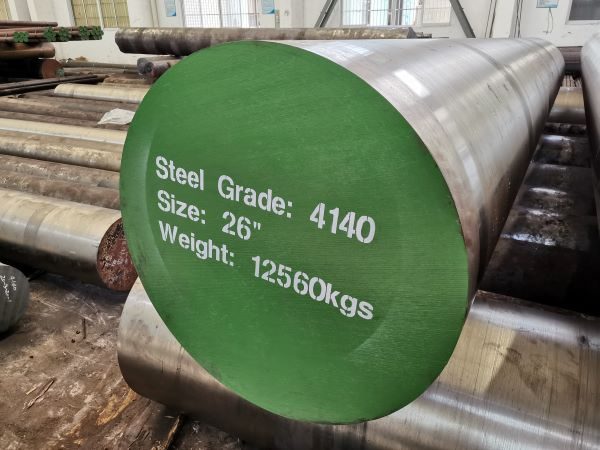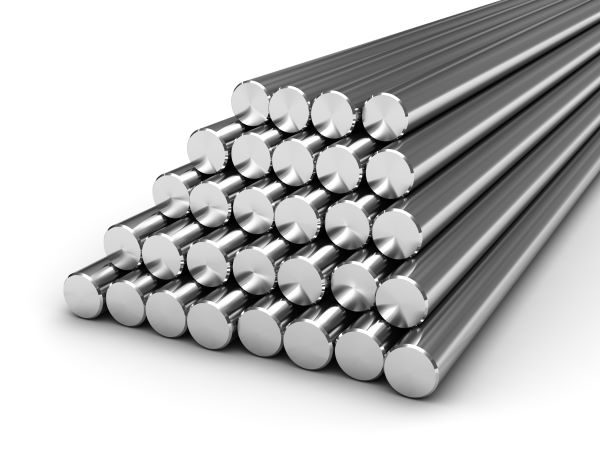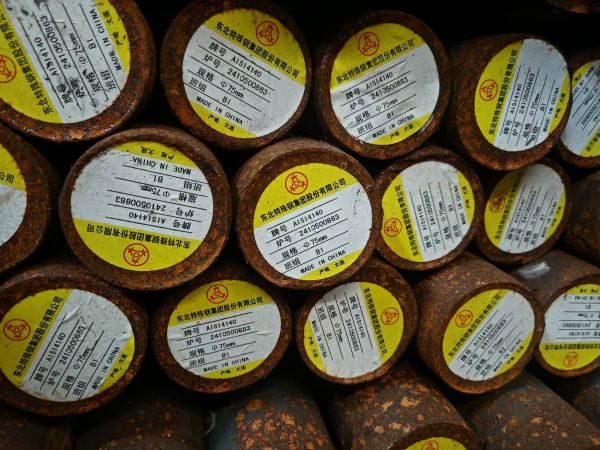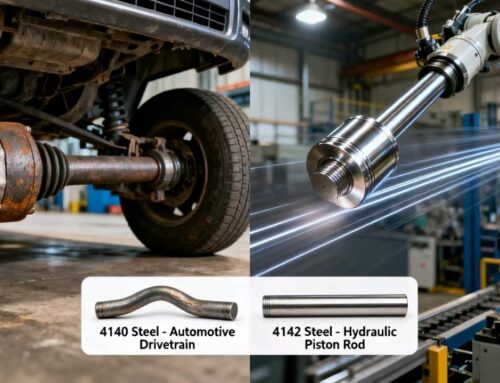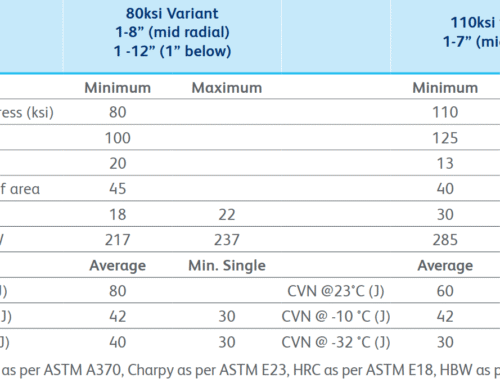4145 steel and 4140 steel are both medium carbon chromium-molybdenum alloy steels (ASTM A29 standard). Due to the subtle differences in composition and performance, they often face selection disputes in the fields of petroleum, aerospace, heavy machinery, etc. This article systematically analyzes the differences between the two through chemical composition comparison, mechanical property testing, cost-benefit analysis and typical industry application scenarios, and provides a selection decision framework.
1. Core Differences: Chemical Composition & Basic Properties
1.1. Chemical composition comparison (ASTM A29 standard)
| Elements | 4140 steel (%) | 4145 steel (%) | Difference effects |
| C | 0.38-0.43 | 0.43-0.48 | 4145 has higher carbon content → hardness ↑, toughness ↓ |
| Cr | 0.8-1.1 | 0.8-1.1 | Same, corrosion resistance is the same |
| Mo | 0.15-0.25 | 0.15-0.25 | Same, high temperature strength and hardenability are the same |
| Mn | 0.75-1.0 | 0.75-1.0 | Same, deoxidation and hardening effects are the same |
Key conclusion: 4145 has a higher carbon content, which allows it to achieve higher hardness after quenching, but its toughness is slightly inferior to 4140.
1.2. Comparison of basic mechanical properties (typical values after heat treatment)
| Performance indicators | 4140 steel | 4145 steel |
| Tensile strength | 850-1000 MPa | 900-1100 MPa |
| Yield strength | 650-800 MPa | 750-900 MPa |
| Hardness (HRC) | 32-40 | 35-45 |
| Impact energy (20℃) | 45-60 J | 35-50 J |
| Elongation | 15-20% | 12-18% |
Core differences:
- 4145: Higher strength and hardness, suitable for static high-load scenarios (such as drill collars, large shafts);
- 4140: Better toughness, suitable for dynamic impact environments (such as connecting rods, gears).
2. Selection Decision Framework: Five Key Factors
1. Load type and working conditions
- High static pressure + wear resistance requirements: select 4145 (such as oil drill collars, hydraulic press plungers);
- Alternating impact load: select 4140 (such as automobile crankshafts, aviation landing gear parts).
2. Complexity of heat treatment process
- 4145: high carbon content, easy to crack during quenching, strict temperature control and medium selection are required (oil quenching or polymer quenching is recommended);
- 4140: wider process window, suitable for rapid production of small and medium-sized parts.
3. Cost and supply chain
- Material cost: 4145 has a high carbon content, and its price is about 8-12% higher than 4140;
- Processing cost: 4145 requires more sophisticated heat treatment equipment, and the cost increases significantly when producing in small batches.
4. Corrosion resistance and surface treatment
- Commonality: Both require surface coating (such as galvanizing, nitriding) to improve corrosion resistance;
- Difference: 4145 has high hardness, and the surface hardness after nitriding can reach HV 950-1100 (better than 4140’s HV 900-1000).
5. Industry standards and certification requirements
- Petroleum industry: API 7-1 standard recommends 4145 for drill collars (compressive strength ≥ 900 MPa);
- Automotive industry: 4140 is more common in SAE J404 standard (taking into account both strength and fatigue life).
3. Industry Application Case Analysis
Case 1: Lessons from the oil drill collar fracture accident
- Problem: A manufacturer used 4140 steel to manufacture deep-sea drill collars, which failed due to early wear due to insufficient hardness (HRC 34);
- Solution: Switch to 4145 steel (HRC 40-42), and the service life is increased to 8000 hours, which meets the API 7-1 standard.
Case 2: Lightweight design of automobile connecting rod
- Requirement: Reduce weight and withstand 10^7 cyclic loads;
- Selection: 4140 steel is quenched and tempered (HRC 38-40, impact energy 55 J), which is 15% lighter than 4145, and no fatigue cracks occur.
4. Alternatives & Future Trends
1. Possibility of alternative materials
- 4340 steel: higher nickel content, better toughness than 4140/4145, but 30% higher cost;
- 30CrMnSiA: low-cost lightweight alternative, but insufficient high-temperature performance.
2. Impact of additive manufacturing
- 3D printing 4140/4145: small-scale applications have been achieved, but residual stress control after heat treatment is still a difficult point.
5. Selection Quick Decision Table
| Scenario | Preferred Choice | Reason |
| High static load + wear resistance | 4145 | Advantages of hardness and compressive strength |
| Dynamic impact + fatigue life | 4140 | High toughness and strong crack propagation resistance |
| Limited budget + small and medium-sized parts | 4140 | Low overall cost and high process tolerance |
| Surface strengthening requirements (such as nitriding) | 4145 | Potential for higher surface hardness |
Summary
The selection of 4145 and 4140 is essentially a trade-off between the triangle relationship of “strength-toughness-cost”. In extreme working conditions such as petroleum and military industry, 4145 has become a rigid demand due to its hardness advantage; while in the fields of automobiles and general machinery, the balanced performance of 4140 is more cost-effective. In the future, with the development of green manufacturing and intelligent processing technology, both need to find a new balance between process optimization and cost control.
Interactive topic: In your industry, which material would you prefer, 4140 or 4145?Welcome to discuss with us!

